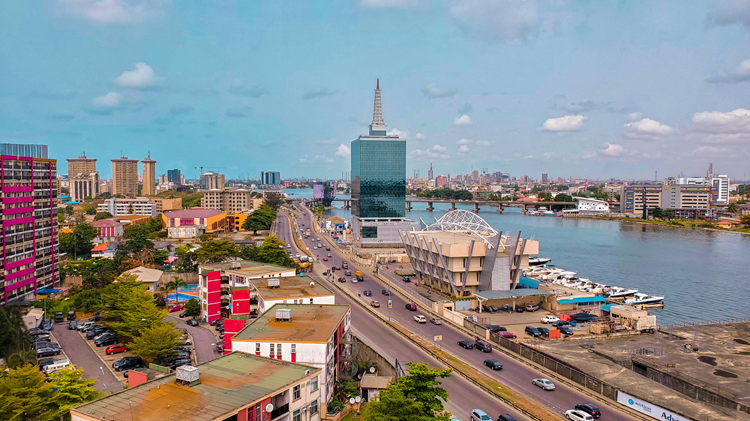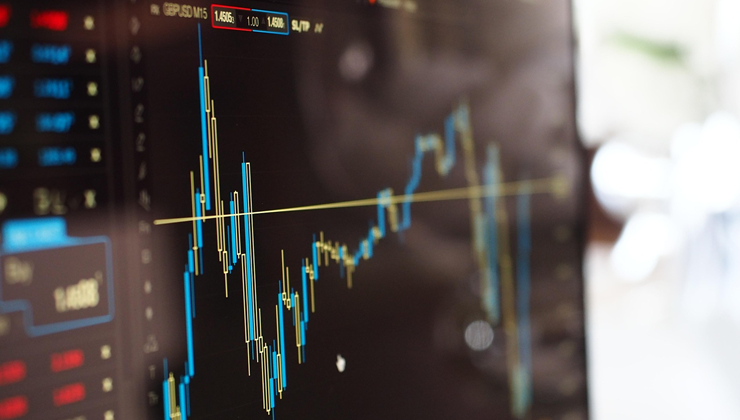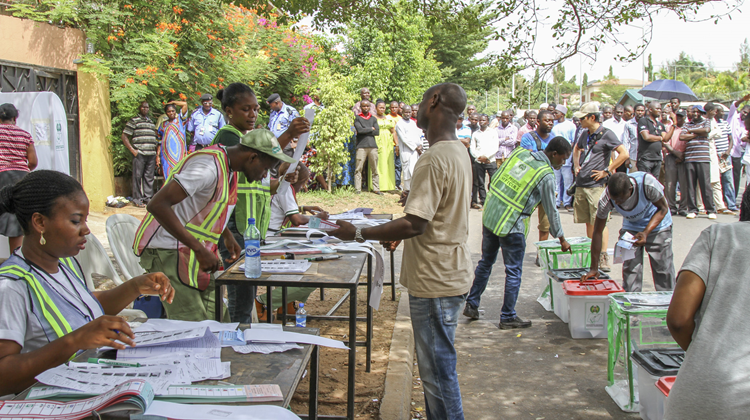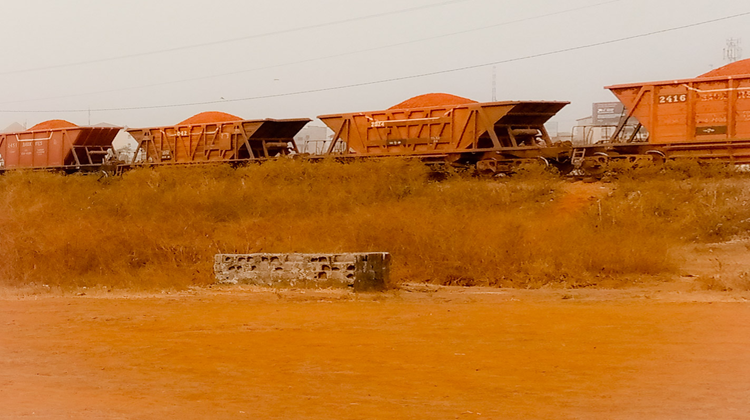The case for pragmatism in Mauritania’s sustainable development
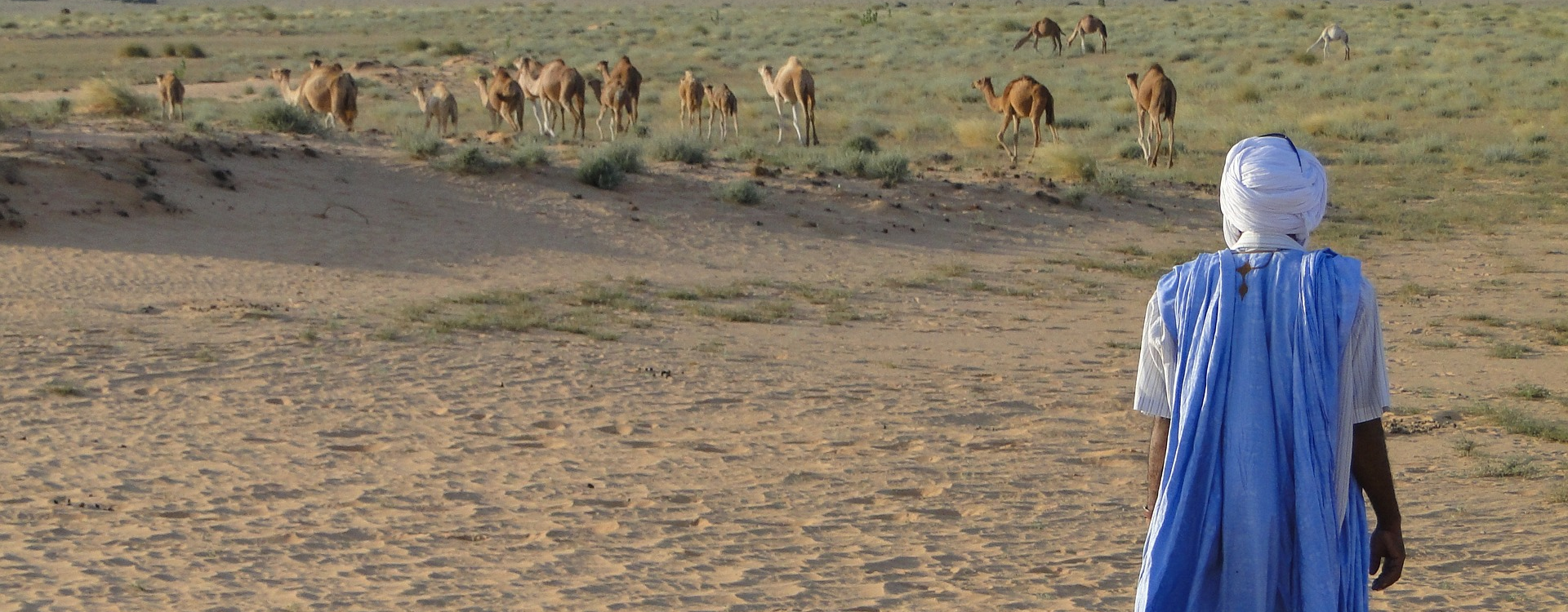
Investing in proven technologies for immediate economic growth and social improvements does not counteract pursuing an innovative future.
The Islamic Republic of Mauritania, with a population of 4.9 million as of 2023, faces significant development challenges. In 2023, 27% of Mauritanians lived below the lower-middle-income poverty line of US$3.65/day. Additionally, 44% of Mauritanians lack reliable access to electricity, including 95% of those living in rural areas. Issues related to sanitation access, healthcare provision and educational quality further exacerbate the developmental challenges for this North African nation. Mauritania’s precarious developmental situation is compounded by corruption, dependence on commodities export, reliance on imports to meet food demands, and a high debt-to-GDP ratio.
Despite these challenges, there has been substantive interest in the country’s potential spot in the clean energy future. Mauritania’s vast tracts of unused arid land and long coastline have attracted European investors looking to take advantage of Mauritania’s large capacity as a possible producer of solar and wind for international renewable energy production.
Three recent investments, two in green hydrogen and one in green steel production, have made headlines. The figures being touted by investors and sustainable energy advocates have been large and the different projections include prospective GDP increases of 50-60% by 2035. These projections seem like moonshots, but there is good reason to believe that this type of economic takeoff is possible given Mauritania’s potential.
27% of Mauritanians lived below the lower-middle-income poverty line of US$3.65/day in 2023
Mauritania has several distinct green energy advantages. Like many other African countries, there is no shortage of sunlight within the country’s borders as much of its 1.03 million square kilometres is covered by desert. The potential for offshore wind production could further complement the vast solar capacity. Also, the country's proximity to European energy markets would minimise the transportation costs of a future hydrogen exportation industry. The production of green hydrogen could also be accompanied by green ammonia production for use as a fuel source or in fertiliser and other chemical processing.
The Mauritanian mining sector, which accounts for over 70% of the country’s exports value, is dominated by gold and iron ore. The large iron reserves to date allowed the nation to export iron ore in the largest quantities on the continent. This could give Mauritania a distinct advantage in steel production and exportation if a robust steel industry is developed. Currently, steel production is a nascent industry in Mauritania, production sits at 5 000 tons per year. This is a relative drop in the bucket compared to the 13 million tons of iron ore the country exported in 2022. Despite the interest in carbon neutral steel manufacturing, there are almost no prospective traditional steel production projects or ore processing projects under development in Mauritania. Transitioning from iron ore exportation to steel production would have numerous economic advantages such as creating high paying jobs, spurring economic activity, and paving the way for further value-added production in fabrication and manufacturing.
The opportunity for Mauritania to be a hub for renewable energy and the green revolution are enticing especially considering green hydrogen, ammonia, and carbon-neutral steel. These projects have the potential to secure Mauritania’s economic path well into the coming decades as the world shifts away from fossil fuels and towards a carbon-neutral future. However, immediate needs for development, quality jobs and improved services are pressing. Mauritania can achieve better economic development through proper use of its current resource endowments and comparative advantages, specifically in the iron ore and steel market. In Mauritania’s case, there is no need to wait on the coming green revolution when near-term improvements can be pursued alongside investments in a sustainable future.
Mauritania’s potential for renewable power generation is not the country’s only energy asset. Recent developments in the fossil fuel sector could provide an economic boost for the North African nation. The Mauritanian government has entered into an agreement with BP and Kosmos Petroleum to begin extracting gas from the Tortue Ahmeyim gas complex which has an estimated reserve of 1.4 billion cubic meters of natural gas. This massive reserve could turn Mauritania into a regional gas hub for the next several decades. Crucially, it could provide a domestic energy source that could fuel steel production, be it traditional or carbon-neutral.
The importance of carbon neutral technology and environmentally sustainable growth is likely to grow in the coming years and decades. The green revolution will be powered by nascent technologies such as green hydrogen and carbon neutral steel. The development trajectories of African countries like Mauritania will largely depend on their ability to embrace sustainability quickly and become players in emerging markets. However, strategies for emerging economies should balance their investments in prospective areas with proven traditional paths for development. It is crucial to understand the risks as well as the potential rewards of Mauritania’s green energy and industrial investments.
The future of hydrogen as the leading clean, renewable fuel source is far from guaranteed. Investments are presently speculative, both in the developed and developing world. There is a great deal of debate about the price competitiveness of green carbon and how long it will take for it to become economically viable as an energy source. Furthermore, there are concerns about how large of a role hydrogen will play in the carbon neutral future and if improvements in other technologies will dampen the hydrogen market. The potential for hydrogen to take off as the fuel of the green revolution is undoubtedly there, but any investment should be understood as a bet on a prospective future market rather than an investment with guaranteed future dividends.
It is crucial to understand the risks as well as the potential rewards of Mauritania’s green energy and industrial investments
Green steel production should be viewed in a similar manner. The green steel industry is young and future profits from it are just as prospective as those of hydrogen. The two industries are largely tied together, as green steel production needs green hydrogen production. This means that all the worries about the viability of green hydrogen are carried over to the prospective green steel industry.
Traditional steel manufacturing and ore processing, however, are all proven industries with the potential to bring significant socioeconomic development to Mauritania. Tapping the country’s vast natural gas reserves could enable the government to put those profits to work stabilising the economy and making progress towards diverse sectoral development outcomes. Utilising the country’s capacity for solar and wind power generation for household and community use can vastly improve the quality of life for rural Mauritanians. These are development solutions that are established and carry lower levels of risk. This would likely involve seeking foreign direct investment for establishing domestic traditional steel production and seeking more partners for natural gas extraction.
Mauritania is a country that needs timely socioeconomic development. Investment into proven technologies to provide growth and development today does not preclude looking forward to the sustainable future, and balancing both is the key towards meeting near term development goals while securing that progress into the future. Mauritania should accelerate the structural transformation of its economy and avoid Dutch disease by directing revenue from the expected gas production to diversify the economy, developing local value chains and infrastructure, improving the business climate to develop the private sector and strengthening human capital.
Image: maxos_dim/Pixabay

